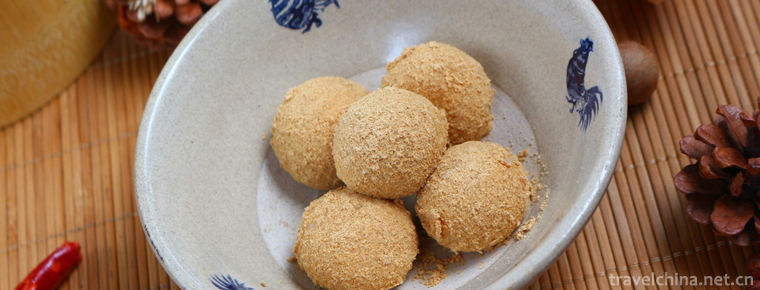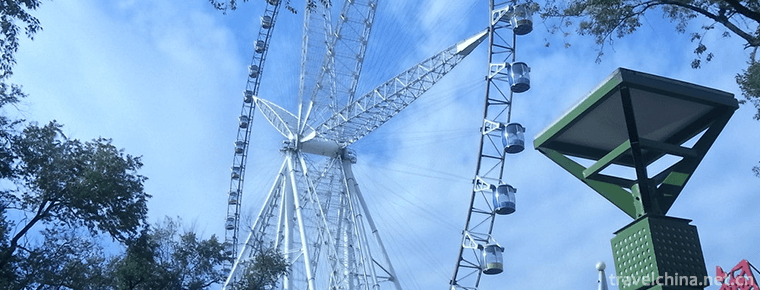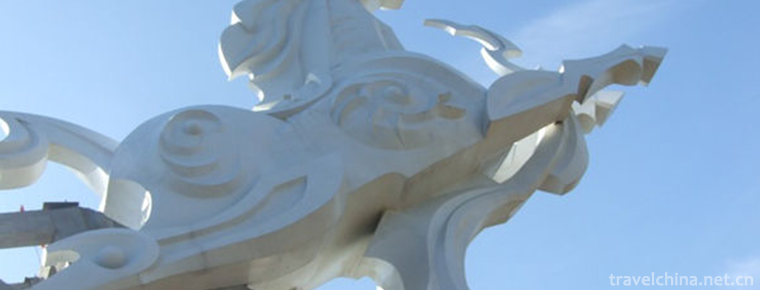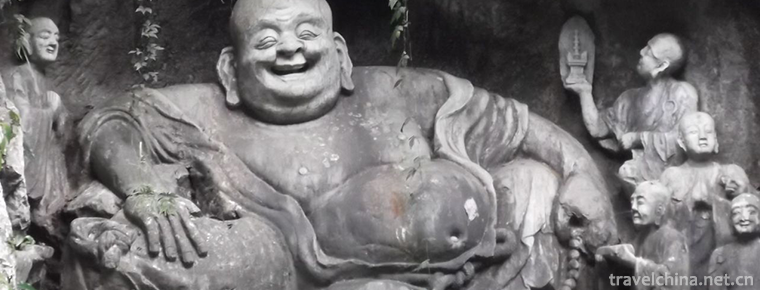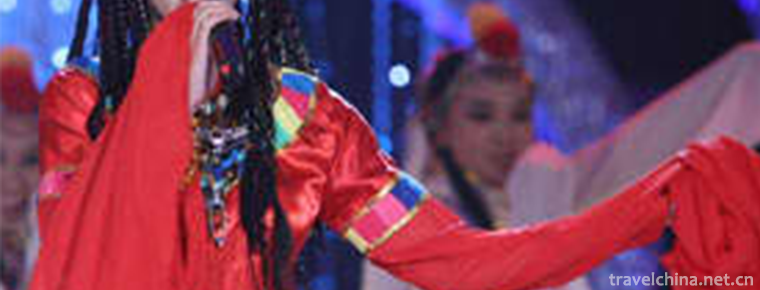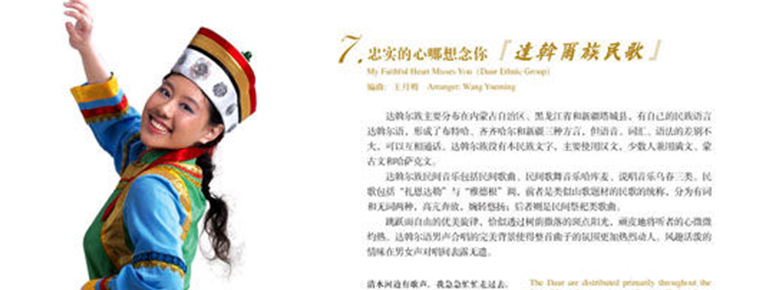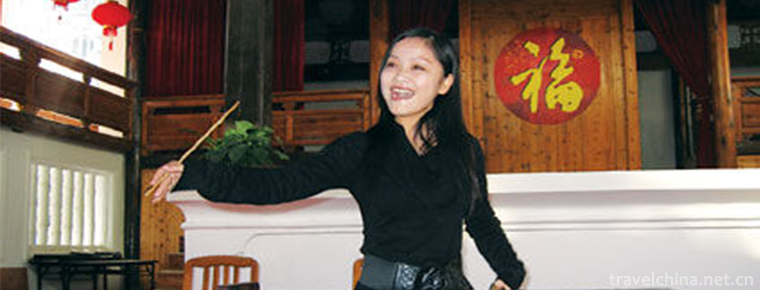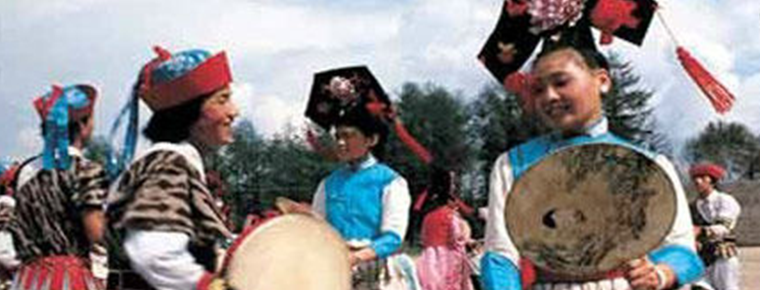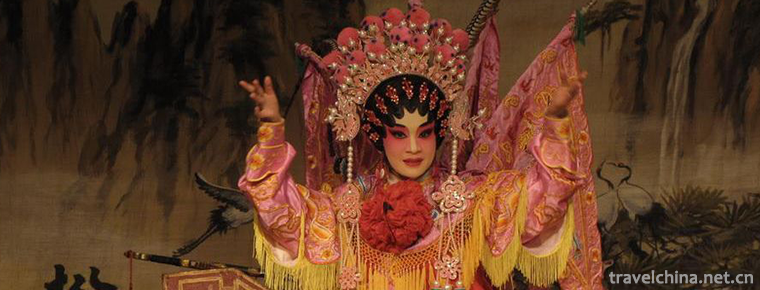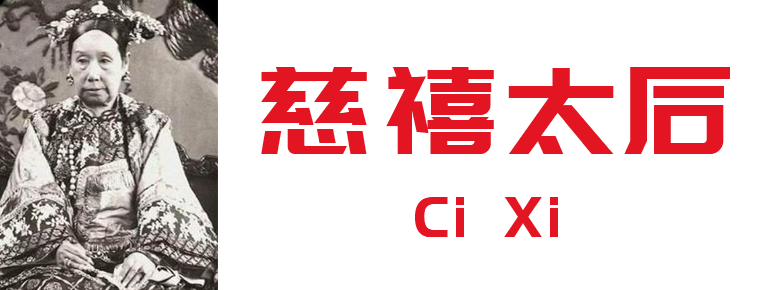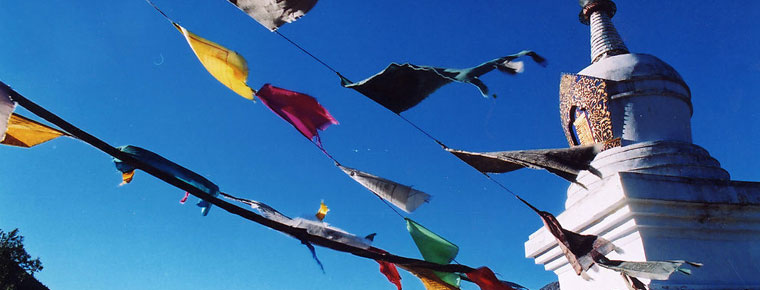Wujiagou Folk Stories
Wujiagou Folk Stories
Wujiagou Folk Story, Danjiangkou City, Hubei Province, is one of the national intangible cultural heritage.
Wujiagou folktales originated in Wujiagou Village, Liuliping Town, west of Danjiangkou City, Hubei Province. They are a wonderful flower in the garden of Chinese traditional folk literature. They advocate filial piety and thrift in value orientation, advocate good and evil, publicize the reward of kindness and value the morality of friends and brothers, praise the love from death, hope that loved ones will be married, respect the readers and praise them. Wisdom and skill are generally positive to the good, reflecting the life ideal and pursuit of the working people of China.
On May 20, 2006, the State Council of the People's Republic of China approved the selection of the first batch of national intangible cultural heritage list.
historical origin
Wujiagou is only 70 miles from Jinding of Wudang Mountain and is in the hinterland of Taoism in Wudang Mountain.
In the vast rural areas covered by Wudang Taoist culture, there are a large number of indigenous traditional folk life stories. Chu culture is also reflected in Wujiagou, an ancient village, such as the villagers'beliefs, customs, production methods, clothing, food, housing, transportation, as well as folk songs and folk stories. Many ancient customs, such as worship of the sun, worship of fire, respect for Phoenix and soul, and the beliefs and customs of Shangdong and Zuo, still exist in people's marriages and funerals.
The formation of Wujiagou Folk Story Village has three factors, namely, the infiltration of Taoist culture, the heritage of traditional culture and the accumulation of historical culture. These three cultures converge in Wujiagou, forming the "inland Lake effect". They are stored and accumulated, and then passed down by society and family, so that the spiritual wealth in the "inland lake" can be passed down from generation to generation, and continue to accumulate, improve and consolidate, thus yielding today's fruits.
Wujiagou Folk Story Village is a common and special phenomenon of folk culture in Jingchu and Taoist cultures in China. It is also a special ecology of village culture in China. After being influenced and infected by Wudang Taoism, Wujiagou's traditional history, culture and folk culture have formed their own vein and have their own style and characteristics.
Cultural characteristics
primary coverage
Wujiagou story has a complete variety and rich content. It can be divided into six categories: myth, legend, story, fable, fairy tale and joke. It has published the first, second and third episodes of Wujiagou Village Folk Tales Collection. In the 1980s, more than 1,000 traditional folk stories and more than 1,000 folk songs were found in Wujiagou Village, which was named "Folk Story Village" by relevant institutions.
In Wujiagou, the traditional oral folklore has been well inherited. 47 people can tell more than 50 stories and 9 people can tell more than 100 stories. Among them, many traditional folktale tellers are also folk song masters, who can speak and sing. From the age level, there are 80-year-old people, about 50-year-old adults, 20-year-old young people, there are also children, there are story families, story couples. They tell a wide range of stories, ranging from Pangu's pioneering work, Nuwa's creation of human beings, Man-dog marriage to contemporary times, up to and down five thousand years, talking about everything. Local history, village history and family history are displayed by traditional folk stories, which can be enjoyed in the aftertaste of history.
The main idea is as follows: In ancient times, a fire almost destroyed human beings, only a girl and a dog jumped in the dry well, escaped the disaster and survived. Girls marry dogs and breed humans. Their offspring are human dog tails. The dog's tail gradually wore off, leaving only a tail post. Li Zhengkang collected records. The main content of Man-Dog Maternity is divided into two parts: one is that the wildfire destroys the world; the other is that Man-Dog Maternity recreates human beings. This is quite similar to the common flood myth. However, wildfires are not as common as floods, and the threat to ancient ancestors is relatively less. Brothers and sisters married in ancient times was a normal phenomenon, but the memory of later generations, though dim, has not disappeared. But the relationship between man and dog is just a derivative of dog totem worship, which is easily ignored by later generations. This may be the reason why the fire myth is not as common as the flood myth.
Story features
1. There are many original works. They reflect the creative situation of ordinary people and are the first-hand materials for studying the occurrence and development of Wujiagou stories.
2. Bright local color. The legends of Mount Wudang, Chen Shimei, and especially the local legends, are all unique local products.
3. It has a long history. This kind of myth is first discovered in China, from which we can see the shadow of primitive society desolate fire and dog totem; "Digging off hills" conveys information about reproductive worship; a group of Legends of Li Zicheng are unheard of in other places, which is obviously a reflection of his visit to Wudang Mountain area; "Book of Qin Dynasty Birth and Die Today" is a contemporary production despite its strong traditional color. Pin, they are a distinct "rings".
4. Live story ecology. Up to now, some old people still regard fantasy stories, such as "Meeting ghosts in Linjiazhuang", "Stealing chickens from foxes", "Eating eggs and crushing shells" as true facts, so they are particularly vivid and vivid, and are especially popular with the masses.
5. Story activities have a certain mass character.
The formation of these characteristics is closely related to the fact that Wujiagou is located in a mountainous area, the environment is blocked, the traffic is inconvenient, the economy and culture are backward, and the vast world outside is basically in a state of isolation and closure. This social environment enables the living fossil of traditional folk culture to be preserved and makes Wujiagou a well-known story village in the world.
artistic characteristics
1. The Beauty of the Scene
There are many fascinating fantasy stories in Wujiagou. There are many scenes beyond normal, such as a courtyard flying thousands of miles in the sky and landing at the foot of Mount Wudang, which is extremely strange and magnificent (Jade Courtyard). Luban flies to and from work in the air on a wooden frame for carpentry. It's amazing and interesting. The magic Taoist monks used snakes to build shacks to make towels look like poles to carry water, and turned a brick into a mountain, a bowl of water into an ocean. This scene is amazing and magnificent. "Polygonum multiflorum" tells us that a scholar eats Polygonum multiflorum which has been practiced for thousands of years. The Taoist monk becomes a god. He pours the water boiled by Polygonum multiflorum around the Taoist temple. The Taoist Temple rises to the heavens with clouds and becomes a fairy palace. The fantasy scene of the soaring Taoism has elegant beauty. People seem to see a temple soaring in the support of fairy spirit. This kind of scene makes people infinitely fascinated and feel like witnessing fairyland.
2. The Beauty of Characters
The fantasy characters in Wujiagou's stories are immortals and geniuses. These characters have many aspects of beauty. Emperor Zhenwu practiced in Mt. Wudang for 42 years. He was so diligent and attentive that he even stuck his foot in the grass and did not know that birds made nests on their heads. This grotesque shape, grotesque appearance, ridiculous, showing the grotesque beauty of the image. Most of the women in Wujiagou's stories are young, beautiful, attractive and charming. When they marry poor people, corrupt officials and bullies try their best to seize them. The fantasy characters in Wujiagou's stories are more spiritual. The ghosts in Wujiagou's stories are not ghostly. Their faces are not green-faced and tusks, but ordinary women in the world. They are cheerful, lively, optimistic and helpful. The ghost in "A meal of wave rice" sees an unknown drunk lying on his grave door, fearing that he will be injured by animals, so she carefully cares for him and gives up the chance to enjoy the theatre and dinner. She sacrifices herself as a human being. Her soul is the best and the most beautiful. She is a good ghost and a good ghost with a good human nature. Most of the other female images are good-hearted, hard-working, intelligent and beautiful. They sympathize with the sufferers and hate the evil officials. They reflect the intelligence and excellent moral character of the working people. They are typical images of the beauty of soul and image.
3. The Beauty of the Ending
Most of Wujiagou's love and marriage stories ended satisfactorily. No matter how hard people and ghosts, people and immortals, people and spirits fall in love, birth or death, or how many reincarnations are finally combined, the lover will eventually get married and live a happy life. Most of them are happy endings. The heroine and the ghost in "Niang 17, Er 18" love each other through life and death, and finally the husband and wife reunite. In the story of the struggle between the good and the evil, the evil will surely suffer their own consequences after doing all the bad things, resulting in self-destruction and self-destruction. The laws of "beauty triumphs over ugliness" and "justice triumphs over evil" must be realized. In the story, the corrupt officials and bullies saw some poor peasants get fantastic beautiful wives. After that, their lust broke out and they used all kinds of vicious tactics to seize the hegemony. The fairy wives use magic and magic to resist, cure and punish evil. The County Lord in Girl Snail wanted to kill a poor man with a beautiful fairy wife, and then seize his wife. As a result, the man's fairy wife burned him by magic. The evil tyrant in "The Girl of clams and clams" wants to seize the fairy wife of the king dog. The girl of clams and clams gives the tyrant a small bottle. The bottle suddenly sends out huge water, which washes out the property of the tyrant's house. The tyrant is drowned in the water and is punished severely. Miss Long San in "Wang Xiao Fishing" and "Wang Lao's Two Kinds of Melons Marrying Daughters-in-law" also burned the evil county magistrate with magic weapons. These fantasy stories express the confidence of winning through fantasy and satisfy the wishes of listeners and readers. Under the feudal system, the working people lived at the bottom of the society, suffered oppression and had many unfortunate experiences. Through these fantasy stories, they expressed their longing for a better life and obtained a kind of consolation. It also shows the moral tendency and aesthetic idea of eulogizing goodness, and has a strong artistic influence. As Gorky said, "The story unfolds in front of me the light of hope for another life in which there is a free and fearless force moving and fantasizing about a better life."
Manifestation
Wujiagou folk tales have been passed down from mouth to mouth in Wujiagou village, mainly through the way that the older generation tells stories to the younger generation.
Inheritance and Protection
Inheritance value
Wujiagou Folklore Village has its unique cultural and folklore significance. Its folklore reflects the accumulation of Taoist culture, folk culture and historical culture. It is the "living fossil" of Jingchu culture and Taoist culture spreading among the people. Such as worship of the sun, worship of fire, respect for phoenix, soul-calling, and the ancient beliefs and customs of Shangdong and Shangzuo of the Chu people in the pre-Qin Dynasty, are still in the activities of marriage and funeral of the villagers, as well as in folk tales. With the development of society, these "living fossils" are more and more valuable for protection and development.
Current situation of inheritance
Although Wujiagou's story culture space has attracted widespread attention of the society, and some scholars'related research results have been published, with the change of people's life style, there are various choices in cultural life, and the social environment of Wujiagou's folk stories has been strongly impacted.
In the 1990s, there were more than 300 people in Wujiagou village who could tell stories, some of whom could tell more than 500 stories, but now there are fewer people who can tell stories than before, many of whom can only tell more than 200 stories. On the one hand, many old people who can tell stories in villages have passed away. In the second half of 2018, Luo Chengshuang, known as the "Ten Chinese Folk Storytellers", also passed away. On the other hand, most young and strong people in villages have gone to work in cities. On the other hand, in the information age, people's entertainment methods are rich and colorful, and storytelling is becoming less and less. Now.
Heritage figures
Luo Chenggui, male, was born on July 3, 1942. June 2009 was recognized as the third batch of national intangible cultural heritage successors, the project: Wujiagou folk tales.
protective measures
After years of painstaking excavation and sorting out by Li Zhengkang, the former stationmaster of Liuping Town Cultural Station, Wujiagou Village has published three stories and a collection of folk songs, including 579 folk stories and 357 folk songs.
Wujiagou Village Folk Tales Collection (Episode I) published in 1989 contains 234 stories, including 6 myths and 101 legends (45 legends of characters, 21 legends of Wudang Mountain, 12 local legends, 10 legends of animals and plants, 13 other legends), 116 stories (7 fantasy stories, 61 stories of ghosts and spirits, 39 life stories, 9 stories of customs and folklores). Five words and six jokes.
Wujiagou Village Folk Tales Collection (Episode II), published in 1996, contains 165 stories, including 2 myths, 44 legends (18 legends of characters, 10 legends of Wudang Mountain, 6 local legends, 10 legends of customs), 119 stories (9 original ecological stories, 41 stories of ghosts and spirits, 11 folklores, 46 life stories, 12 fairy tales).
Wujiagou Village Folk Tales Collection (Episode III), published in 2012, contains 180 stories, including 5 myths, 54 legends (22 legends of characters, 18 local legends, 14 folklores), 121 stories (34 ghostly stories, 17 stories of animals and plants, 10 folklores, 9 drama stories, 51 life stories).
Wujiagou Village Folk Songs Collection published in 1993 contains 357 folk songs, including 22 love songs, 25 free songs, 25 minors, 40 children's songs, 129 filial piety songs and 116 lotus blossoms.
social influence
Honorary recognition
After the publication of more than 700,000-character Wujiagou Folk Tales by Li Zhengkang, China Radio International broadcast the situation of Wujiagou Village to the world in 43 languages.
In 1991, Xinhua News Agency issued news reports about Wujiagou Village to the world, and dozens of newspapers and magazines across the country published articles about Wujiagou Story Village.
In 1992, China Radio International broadcast the situation of Wujiagou Village to the world in 43 languages.
In 1993, Japanese scholar Kato Qiandai and four experts and professors visited Wujiagou village and wrote the inscription "The Origin of Japanese Folk Stories in China".
In October 1994, UNESCO made an on-the-spot investigation of Wujiagou folk tales and gave them high appraisal.
In 2001, the Ministry of Culture awarded Wujiagou the honorary title of "Chinese Folk Story Village".
In 2006, Wujiagou folk tales were listed in the first batch of national intangible cultural heritage list with the approval of the State Council.
Wujiagou folk tales, talking about the world, laughing, scolding and deducing human anecdotes, call humane ghosts, elegant and vulgar, including old things. Wujiagou folk tales are rich in variety and wide in content, ranging from Pangu to the world, Nuwa, dog-and-human marriage to contemporary times, up to and down five thousand years. They have been called "the treasure of the people, the soul of the nation", the "living fossil" of Chinese folk culture, the "Banpo site" of Chinese folk tales and the "living fossil of Jingchu culture" by relevant experts at home and abroad.
Important activities
Since 2014, Liuliping Town Primary School in Danjiangkou City has carried out Wujiagou Folk Stories Classroom Activities. Teachers in this school actively excavate their ideological connotations, and through storytelling, sitcom, topic research, the establishment of Wujiagou Story Performance Team and other forms, let folk culture be inherited among teachers and students.
Since Liuliping Town Primary School of Danjiangkou launched the "Folk Stories into Campus" activity in 2014, it has entered Liuliping Town and other schools through storytelling, sitcom and other forms, benefiting more than 2000 teenagers.
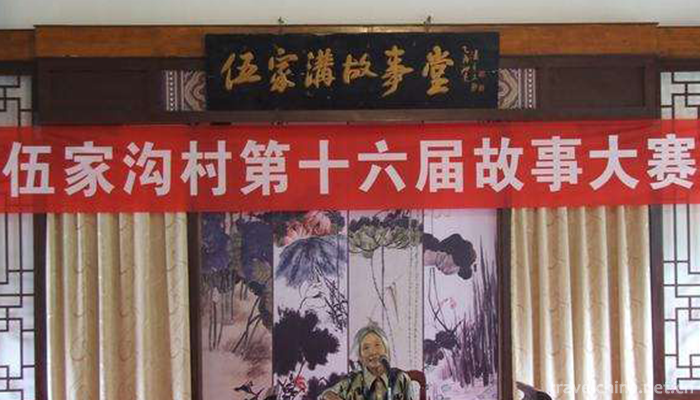
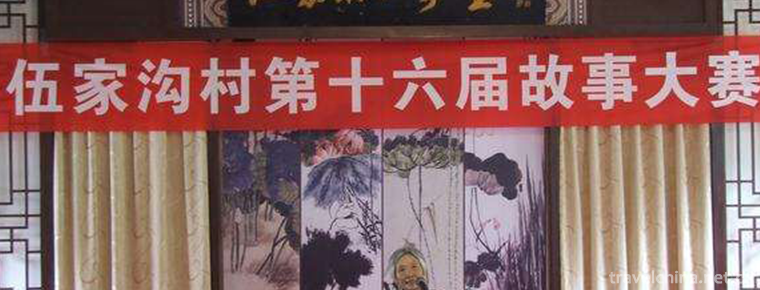
Wujiagou Folk Stories
-
Harbin Amusement Park
Harbin amusement park is located at the junction of the outer Road area and Nangang District. It was founded in 1958. Originally known as Harbin Cultural Park, it covers an area of 22.8 hectares.
Views: 119 Time 2019-01-13 -
Legend of White Horse Dragging
The legend of white horse dragging rein is spread in Baima Temple in Jincheng, Shanxi Province. Baima Temple Mountain was originally named Sima Mountain
Views: 205 Time 2019-04-03 -
The Legend of the Cloth Bag Monk
From the end of Tang Dynasty to the Five Dynasties, the monk of Fenghua, Ningbo City, Zhejiang Province, named Tingzi, was an eminent monk of Hou Liang in the Five Dynasties
Views: 422 Time 2019-04-04 -
Tibetan folk songs
Tibetan folk song is a magnificent flower in Tibetan folk literature, with profound ideological and high artistic quality. Throughout the development process of Tibetan folk songs
Views: 236 Time 2019-04-15 -
Daur Folk Songs
Daur people mainly live in Inner Mongolia Autonomous Region and Heilongjiang Province, and a few live in Tacheng County, Xinjiang. Daur means "pioneer".
Views: 318 Time 2019-04-22 -
Fuzhou Reviews
Fuzhou dialect commentary is a unique traditional form of storytelling in Fuzhou dialect of Fujian Province, which is popular in Fuzhou, Fujian Hou, Yongtai, Changle, Lianjiang
Views: 144 Time 2019-04-30 -
Manchu speaking Department
Manchu Folk Talk Department refers to a long prose narrative literature created and preached by Manchu folk artists, which aims to reflect the war life and emotional world of the Manchu people in hist
Views: 148 Time 2019-05-19 -
Cantonese opera Yuequ
Cantonese Opera is a popular Cantonese dialect area in Guangdong and Guangxi, and has spread to Hong Kong, Macao, Southeast Asia and the Americas where Cantonese overseas Chinese live. It is a variety
Views: 189 Time 2019-07-16 -
Empress Dowager Ci Xi
Ci Xi (November 29, 1835 - November 15, 1908) is the queen of Xiao Qin chin. Yehiel Bernard La Shi, Xianfeng Emperor Concubines, Tongzhi Emperor The birth mother. Important in late Qing Dynasty Politi
Views: 279 Time 2019-09-07 -
Tibetan lads are really popular
Who is Ding Zhen? He is a Tibetan Boy, 20 years old. On November 25, a tourism propaganda film "Ding Zhen's world" made him popular all over the country. Netizens once thought that his hometown was in Tibet, and the photographer could not help but clarify that Ding Zhen was from Litang County, Ganzi, Sichuan Province.
Views: 120 Time 2020-12-07 -
Yibin economy
In 2019, Yibin City will realize a GDP of 260.189 billion yuan, an increase of 8.8% over the previous year in terms of comparable prices. Among them, the added value of the primary industry was 27.764 billion yuan, an increase of 2.9%; the add
Views: 307 Time 2020-12-18
